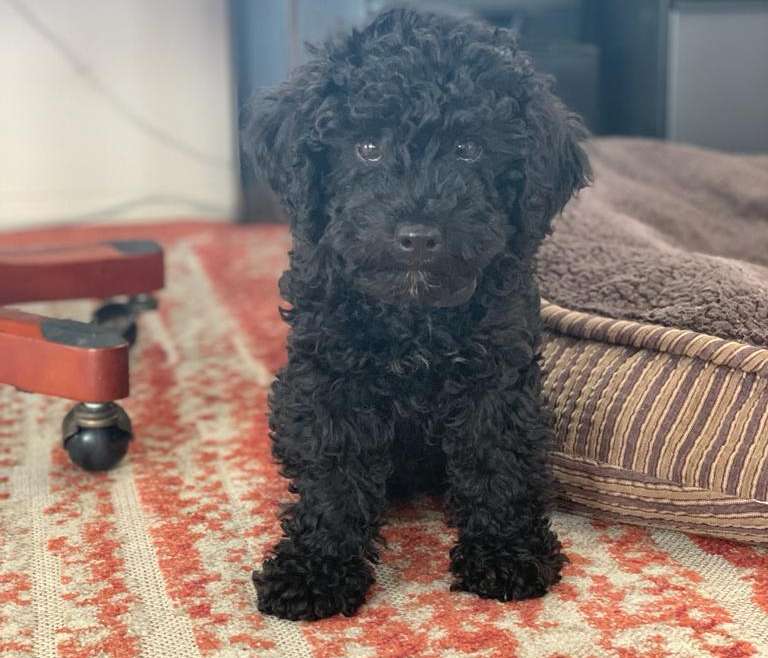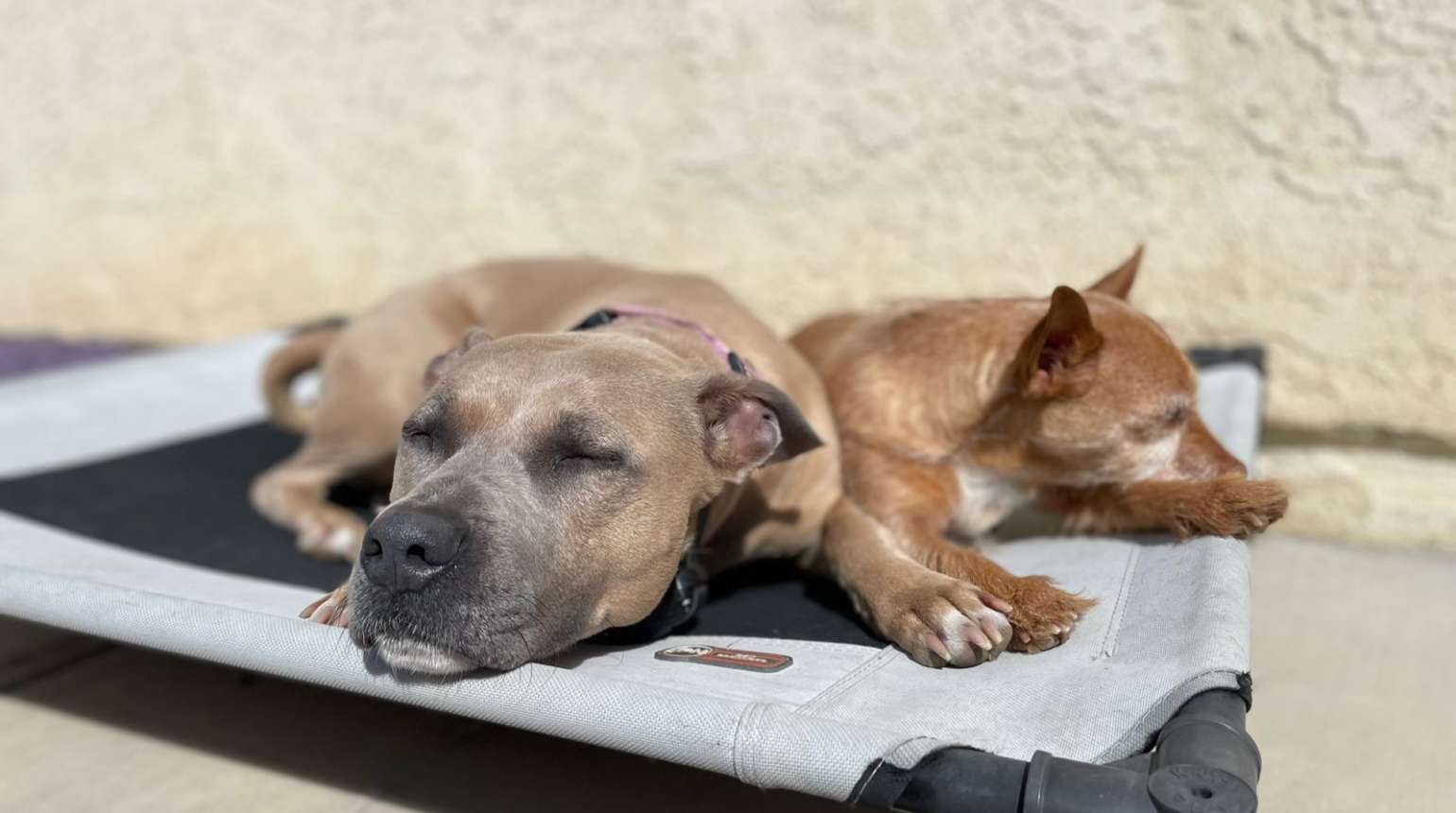I can’t exactly remember at what age I started going to ballet classes. I know I was young, maybe 5 or 6, and like many girls, I was obsessed with ballerinas; the grace, the tutus, the pink shoes! By the time I was 14, the maxim “don’t practice until you get it right, practice until you can’t get it wrong” was so etched in brain that I would spend hours just drilling one movement of the arm, or the foot, or the neck. By that point, the tutus and the pink shoes were much less important. Getting it just perfect was the draw. Classical ballet training teaches you many things, discipline is one of them. The secret to successful dance training? Consistency, repetition and loads of practice. The same paradox, I gather, being true about most skills learned in life. Dancing, playing a sport, martial arts, playing an instrument, baking, painting… Any new skill that one wishes to be successful at requires consistency, repetition and practice. Dog training is no different. Why should it be? If you want your dog to learn something that is important to you, make it be important to them by practicing it over and over, until neither of you can get it wrong.
Like any other skill, learning technique does help make the process clearer. My dance training was all centered on England’s Royal Academy of Dance .While my “dog training” schooling has been mostly centered on TCW Training Cesar’s Way or dog psychology. Nevertheless, the attainment of knowledge in both the dancing and the dogs was accomplished the exact same way: Consistency, repetition and loads of practice. I never wanted to become a professional dancer, dancing is great, but not really my cup of tea. After many years of ballet classes, I decided to move on. Dog psychology however, has kept me hooked ever since I learned about its existence, and therein lies the biggest difference between being successful at something and being a master at it: time.
One can be very successful in training their dog by just being consistent and devoting about an hour a day (split in as many chunks of time as you want) to teaching their dog what they want them to learn. Let’s imagine you want to teach your dog to not run out the door when you open it. The first thing I would do is teach my dog to stay put while I walk away. To make it easier on both of us, I would teach my dog on a bed, a rug, towel; anything that makes it simpler to delineate where I wanted them to stay. I would use a leash on the dog to make it more manageable to bring them back to the outlined spot, so if they happened to break, leaving the bed, I can easily put them back. Then I would just stay beside my dog until she relaxed and either sat or laid down. The idea is, the dog is not getting off the bed, so however long it takes for them to surrender to that, is how long it is going to take. Remember, dog training is on our terms, but the dog learns on their time. All we can do is be consistent in our intention until they get it.
Once your dog lies down, take them off the bed, take a few steps, put them back on it and repeat the exercise again. You will start to notice that every time you repeat it, the dog lies down quicker. Eventually once you put them on the bed, they will just lie down. That is the goal: to teach our dog that when we ask them to stay somewhere, they do and are at peace with it (if you want to start teaching word commands, you can say “down” once they are lying down. They will then start associating that body language with the word). Be prepared to spend a few days doing this simple exercise until you can trust that your dog will stay on the bed when you put them there.
With trust stablished, we can then move to the three Ds of dog training: Distance – Duration – Distraction. The exercise will stay the same, but can you increase the distance from your dog and the bed. Will your dog stay on the bed if you, for example, go make a cup of coffee? Will they stay on the bed for 5 minutes instead of one (duration)? Can you throw a ball and they stay (distraction)? Add one of the three Ds at a time, and practice that until you can trust that your dog will do it. Finally, ask your dog to stay on the bed and open the door to the back yard, go outside, throw a ball, drink your coffee. If your dog remained on the bed, then you are ready for the ultimate distraction of opening the front door and them staying. If you don’t trust that they will stay on the bed, it just means you need more practice. Not that you did anything wrong.
Find the joy in teaching your dog what is important to you. Somehow, somewhere we seem to have forgotten that practice is essential when working on something we want to make a habit of. Your dog will always, always want to practice whatever you wish to teach them, since that essentially means you are spending quality time with them, while fulfilling your role of giving direction. It is up to us to find the relaxation, amusement, delight or contentment that comes with teaching them, with sharing our time doing something that is fulfilling their needs in an instinctual level.
Since the secret to successful dog training is consistency, repetition and loads of practice, the decision about how much success one wishes to derive from it, becomes personal. In a ballet company, there are the prima ballerinas and there are the corps de ballet. In the dog world, you can be a laid back or a more strict owner, that is up to you. But when it comes to success in training your dog, be prepared to do the training part in a consistent manner for a considerable amount of time. And if you are a trainer, your success will depend also on how much time you are willing to devote to it. As the writer Alan Armstrong said:
“Champions do not become champions when they win the event, but in the hours, weeks, months and years they spend preparing for it. The victorious performance itself is merely the demonstration of their championship character.”
Happy training!



